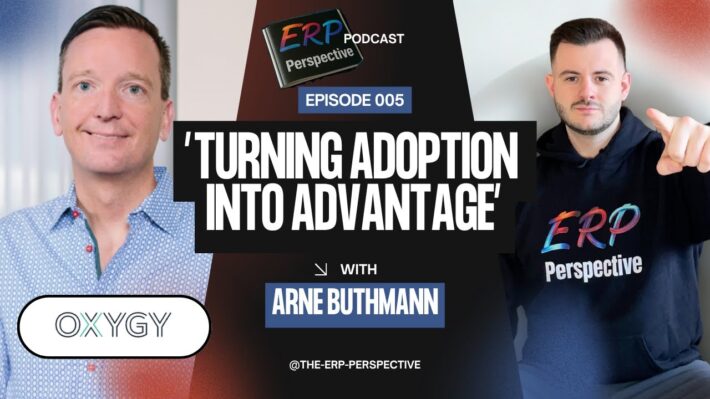By: Thomas Bertels (Partner, Valeocon) and Peter Vanovertveld (VP Patient Access, Baxalta)
For biopharmaceutical companies, providing patients with access to innovative medicines today calls for much greater breadth and depth in capabilities than ever before. According to a recent study, over the next three years biopharmaceutical companies will launch some 400 products and indications per year, up 146% from 2005. Every product being launched needs support from patient access to communicate its value in a language payers and policy-makers understand to reach its full patient and market potential.
Baxalta takes a forward-looking competency-based approach to accelerate the development of patient access talent to help us reach our potential to be a global biopharmaceutical leader, advancing innovative therapies that improve patients’ lives.
Competency-based approach to development
At Baxalta, we are passionate about talent development. We focus on emphasising our employees’ demonstrated capabilities and behaviours, which we refer to as a “competency-based approach” that helps our patient access professionals take charge of their own professional development. The competency framework provides each individual with a road map for continuous development.
Patient access is a team sport, therefore, individuals who have a broad range of competencies are valued, as are those with deep technical skills – the right mix of both is the essential ingredient to flawless plan execution. “The approach shows an individual what competencies, both generalist and specialist, they need to succeed in their current role and what they can do to develop them, and we encourage and facilitate that development,” says Robin Herron, patient access human resource business partner, Baxalta. An individual who has contributed to patient access from multiple functional, business and geographic roles is a highly-valued team player when it comes to launching new products globally. “This foundation is important as we look to build and empower agile, high-performance teams that can deliver purpose-driven performance.”
Baxalta’s market access competency model is based on taking a forward-looking, outside-in perspective of what competencies will be required in the future to understand and communicate the value of a treatment to those making access decisions for their respective healthcare systems. Defining what competencies will be needed tomorrow was based on a thorough examination of the long-term trends shaping the various healthcare systems around the world.
Implementing the model
When implementing a competency-based framework, a comprehensive approach yields the best results. This means revising job descriptions to ensure they spell out the competencies required, linking development resources to specific knowledge, skills and abilities, as well as providing hiring managers with interview questions to assess a candidate’s competencies. Implementing the framework also needs to be understood and managed as significant change effort. Long-term success depends on the active engagement of key stakeholders, proactive communication of why this effort is important, as well as training and coaching for managers and employees to help them embrace the new approach. The following section outlines the five key elements of the implementation stage:
- Set the level of expected competency needed locally, regionally and globally
- Incorporate competencies into all job descriptions
- Evaluate current competencies and identify the gaps to fill
- Build knowledge, skills and abilities
- Recruit for competencies
Setting the level of expected competency
In order to set the level of competency expected locally, regionally and globally, we asked our patient access community to rate the level of expertise needed. The required level of expertise and the number of specialised roles varied by stage of market development.
In emerging markets, one individual is often responsible for multiple functions like patient access as well as tender management and pricing. Developed markets can justify more specialised roles. Setting expected levels of expertise in all categories that apply across all markets, emerging and developed, outlines the consistent level of professionalism expected throughout Baxalta.
Incorporating competencies into job descriptions
Broken down by function and level, Baxalta has numerous job descriptions that relate to patient access. Each one spells out the role, responsibilities, education/experience and specific competencies for a given position mapped to the expected levels of expertise.
Listed as knowledge, skills and ability, the competencies are the basis for both development for incumbents and recruitment internally and externally.
Equipping individuals with a competency framework helps attract and keep top talent in the organisation
Evaluating competencies and identify gaps
Internal candidates are able to self-assess, using an online tool, then discuss and calibrate with their manager’s view of the current levels of expertise they demonstrate. To help identify development gaps, the expected levels of competency by position are used as a common point of reference.
Build knowledge, skills and abilities
For current employees, there is a mutual commitment between an individual and his/her manager to provide the experience required to build needed competencies. Depending on the individual and business need, skills can be gained through a project assignment, involvement on a launch team or initiative, as well as formal training.
Recruit for competencies
For recruitment, hiring managers use behavioural interview techniques to elicit stories and descriptions from candidates of how they handle critical incidents. A library of questions is available to gather evidence, especially on generalist skills such as stakeholder management and working in teams. Integrating competencies into the recruiting process helps to make sure internal and external candidates are assessed using the same criteria.
Why the approach works
Equipping individuals with a competency framework for continuous development and improvement helps attract and keep top talent in the organisation. This type of structure provides individuals with a clear understanding of how to deliver purpose-driven performance. In the short term, a competency-based approach using granular, evidence-based criteria results in better candidate selection and development conversations. Long-term benefits include the ability to rotate individuals through multiple functions knowing the specific knowledge, skills and ability they need to gain and to adjust the mix of competencies needed to changing needs of healthcare systems.






